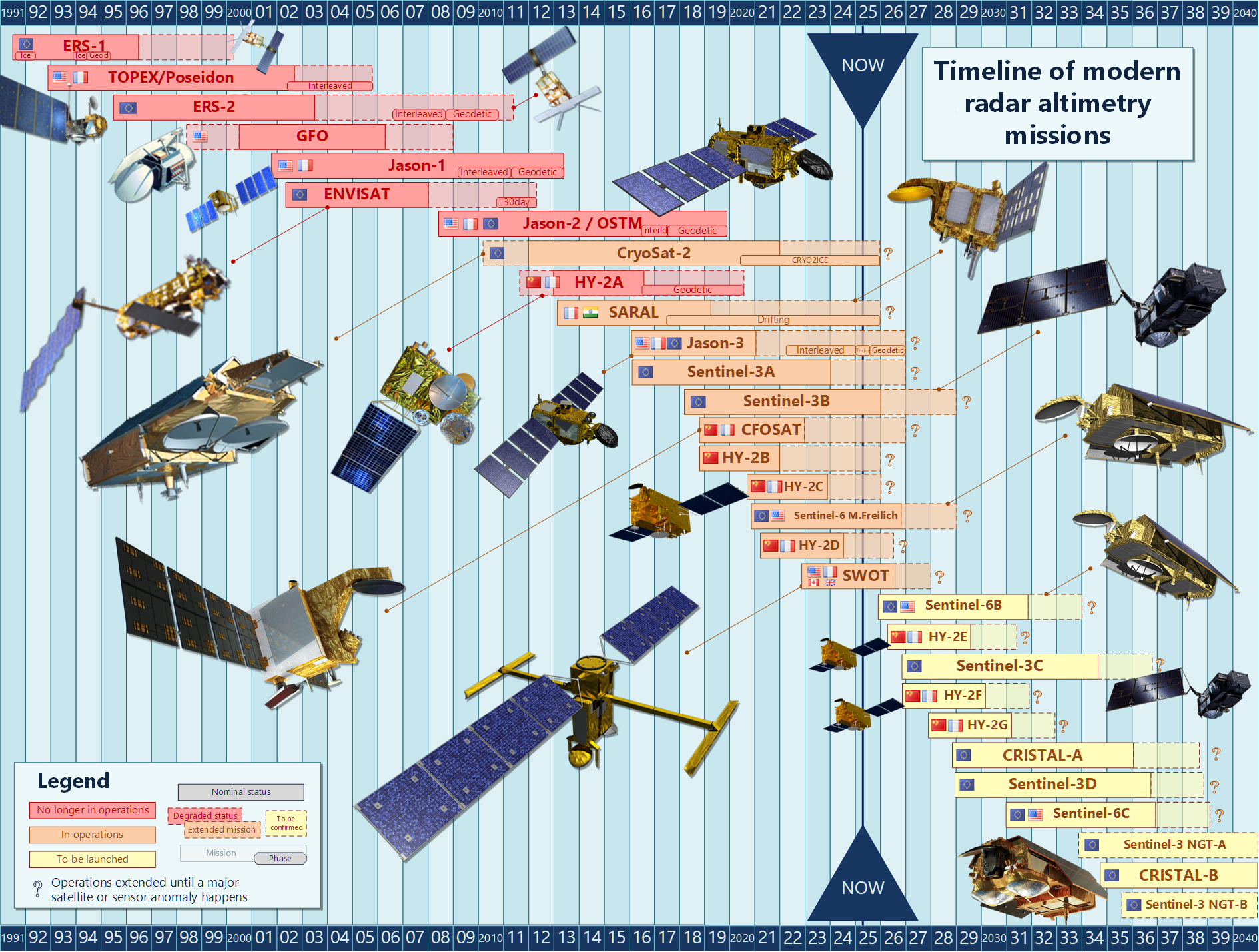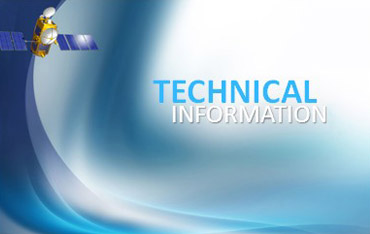Operational oceanography
The first application of operational oceanography based on altimetry data was to estimate wave height and direction for marine meteorology.
Aouf Lofti, Météo France: "Meteo-France’s sea-state forecasting model uses altimetry data for error correction and to estimate sea state to ensure the safety of people and property on coastlines, as well as to compile warning maps for the general public."
Many practical seafaring applications are taking advantage of the quality of satellite altimetry data and improved ocean models like Mercator Ocean’s.
Stéphanie Limouzin, CLS: At CLS, we’ve developed applications for people working on the high seas, like fishermen; that’s the first application we developed to help them fish more safely and improve their fishing strategies, by supplying all the information they need on ocean conditions. We then looked at oil companies. Offshore drilling sites were initially close to shore, but now they’re getting further from the coast and operating in ever deeper waters, so ocean conditions have a big bearing on their business. Lastly, we’ve developed applications to optimize shipping routes so that ships use the currents rather than sail against them, at the same time make sailing safer.
Today, operational oceanography is reaching maturity as observation and modelling assets are rationalized through the European Copernicus programme.
Pierre Yves Le Traon, Mercator Océan: In the last 10 years, Mercator Ocean has established unique ocean analysis and forecasting capabilities. Every week, all of the data acquired by satellites and in-situ measuring networks are fed into numerical ocean models to describe and forecast how ocean conditions are likely to evolve out to several weeks. At the end of 2014, Mercator Ocean was tasked by the European Commission with coordinating services for the European Copernicus programme. This is a key step towards achieving truly operational monitoring of all of the oceans and regional European seas. Data from the Jason satellites are a fundamental element of this system and Jason-3 data in particular will be assimilated very quickly into Mercator models to make sure that our ocean analyses and forecasts are reliable.
Further information:
- Missions: Jason-3
- Appplications: Operational oceanography

















